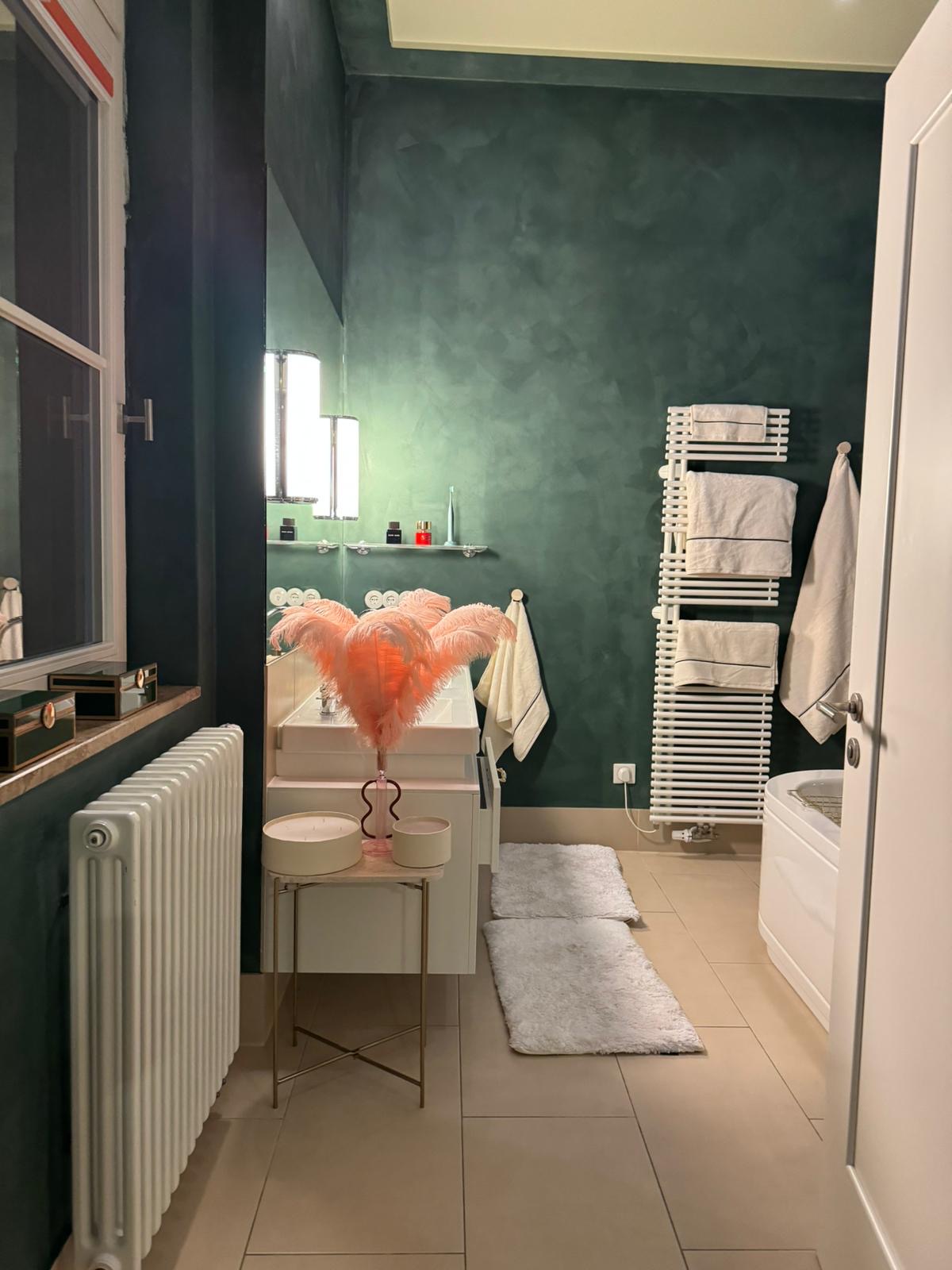Best Techniques for Limewash Painting Outdoors and Indoors

Painting with limewash is a traditional technique that has adorned interiors and facades of buildings for centuries. Limewash is an eco-friendly paint that gives surfaces a unique, matte finish. In this article, we will present the best techniques for limewash painting both outdoors and indoors. We will discuss best practices and tips to achieve the best results on various surfaces.
Techniques for Limewash Painting Outdoors

Surface Preparation
Proper surface preparation is crucial for the durability and appearance of limewash. Ensure the surface is clean, dry, and free from loose fragments. For exterior walls, thoroughly wash the surface with pressure water to remove dirt and contaminants.
Limewash Application Outdoors
When applying limewash outdoors, keep in mind these important steps:
- Surface Moistening: Before applying limewash, moisten the surface with water to prevent the paint from drying too quickly. This helps in even distribution and prevents cracking.
- Layering: Apply limewash in several thin layers, allowing each layer to dry completely before applying the next. This ensures better coverage and durability.
- Weather Protection: Avoid painting in direct sunlight, rain, or strong winds to prevent rapid drying or washing away of the paint. Ideal conditions are overcast, dry days.
Finishing and Maintenance
After applying limewash, it’s beneficial to protect the surface with an additional protective layer, especially outdoors where it’s exposed to the elements. Use special impregnators to enhance the durability of the limewash.
Techniques for Limewash Painting Indoors

Surface Preparation
Preparing indoor surfaces is just as important as outdoor. Ensure walls are clean, dry, and free from grease and dirt. For interior walls, use mild cleaning agents and sponges to remove grime.
Limewash Application Indoors
When applying limewash indoors, follow these steps:
- Surface Moistening: Lightly moisten the surface with water before applying limewash. This allows the paint to adhere better and prevents rapid drying.
- Layering: Apply limewash in several thin layers, letting each layer dry before applying the next. This helps achieve even coverage and the desired effect.
- Application Techniques: Use wide brushes or rollers for even finishing. For a more rustic look, you can use the “dry brush” technique, which adds unique texture to the surface.
Finishing and Maintenance
After applying limewash, you can add extra protective layers to enhance paint durability. While it may not be necessary indoors where limewash is less exposed to weather, consider it in high-humidity areas like bathrooms.
Conclusion
Limewash painting is a great way to add a natural, eco-friendly finish to your home, both outdoors and indoors. The key to success is proper surface preparation, using the right application techniques, and ensuring appropriate maintenance. With our tips, your walls will look beautiful and last for many years.
Is Limewash Suitable for Bathrooms?
Limewash, known for its matte finish and natural properties, is becoming increasingly popular as an eco-friendly alternative to traditional paints. A common question is whether limewash is suitable for bathrooms, which have specific conditions related to humidity. Here’s a detailed answer.

Advantages of Limewash in Bathrooms
- Breathable Surface: Limewash creates a porous surface that allows water vapor to pass through. This means walls covered in limewash can “breathe,” helping regulate humidity and preventing moisture buildup.
- Antibacterial Properties: The natural antibacterial properties of limewash help combat mold and mildew, which is especially important in humid areas like bathrooms.
- Aesthetics: Limewash gives walls a beautiful matte finish with unique visual effects, adding character to any interior.
Disadvantages of Limewash in Bathrooms
- Durability: Limewash can be less durable in extremely humid conditions. Without proper protection, the paint may require more frequent reapplication.
- Protection: In bathrooms, it’s recommended to apply an additional protective layer, such as a special impregnator, to increase the durability of limewash and protect the surface from direct water contact.
Best Practices for Using Limewash in Bathrooms
- Surface Preparation: Ensure the surface is clean, dry, and free from grease. Proper surface preparation is crucial for limewash durability.
- Layering: Apply limewash in several thin layers, allowing each layer to dry completely before applying the next. This ensures better coverage and durability.
- Surface Protection: After applying limewash, use a special impregnator to protect the surface from moisture and increase its durability.
Conclusion
Limewash can be effectively used in bathrooms with proper surface preparation and the application of an additional protective layer. Its natural antibacterial properties and aesthetic finish make it an excellent choice for those seeking eco-friendly solutions for their interiors.







